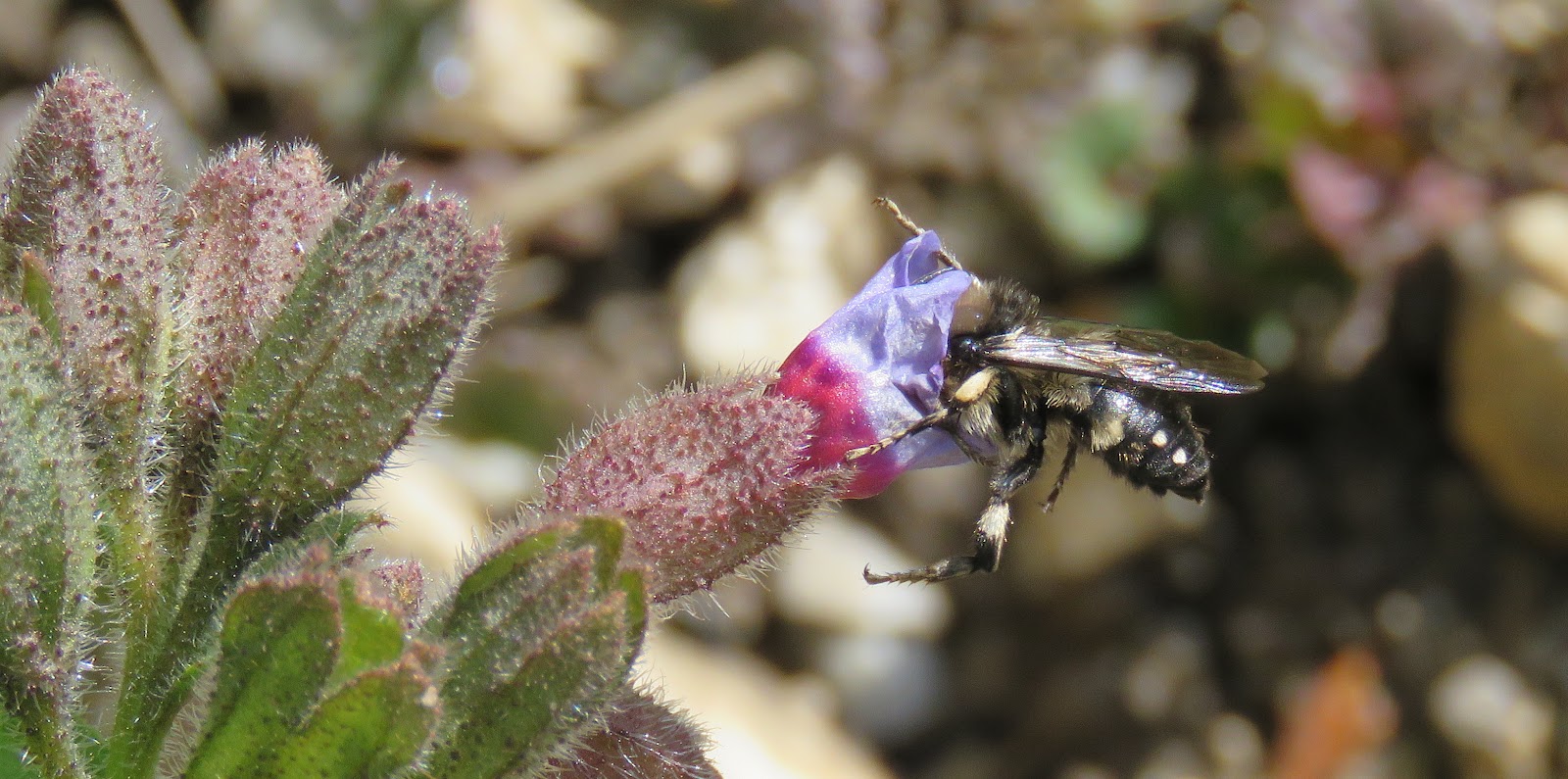Comparison is the thief of joy
This post is going to be a right old mixed bag of snippets - a potpourri of bits and pieces if you like. That could suggest that I haven't anything of note to impart to you, or there again it could be that I have got much to share - you'll be the judge of that, although my money would be placed heavily on the former.
On the birding front I have been out locally on a regular basis, but it has not been full of success, with efforts to dig out those avian gems largely unrewarded. Bird numbers have remained poor, migrants even more so, although 'keeping on keeping on' has revealed that not every hedgerow, or sky, has been empty. On 16 March, after having left the Hawfinches at Ashurst Roughs (see last post) I went to Canons Farm where there had been reports of high numbers of Stonechats. This species is a typical early spring migrant through the area, where counts in the 6-8 range would be considered high. After last autumn's record shattering numbers through the area (peaking at 65 on one memorable October morning) I was not wholly surprised to be confronted by a good sprinkling of these chats, and was delighted to find 21 birds on site, including a group of 11. As is always the way with this charismatic species, time is needed with them to attain an accurate count, birds popping up and down all over the place. On 1 April the first half of the Redhill v Guildford City football match was enlivened and hijacked by an Osprey, slowly heading eastwards. Fortunately for me (sans optics) it was low enough to clinch, plus did not coincide with one of the seven goals which graced the game. 8 April found a morning at Canons Farm turn from being very quiet to quite noteworthy by the appearance of one bird - a smart male Ring Ouzel - that flew into a tree top where it remained for 45 minutes - maybe it had just completed a bit of a journey. After a brief circular flight (where it uttered a dry, low, rattle-cum-chortle a couple of times) it relighted into its canopy perch. Combing of the downs has turned up singing Firecrests (above), Marsh Tits and Yellowhammers (below), which I never take for granted.
I have also started to dabble in bees. I suppose over time I have tried to dabble in many natural history orders, not all for very long or even that successfully, but at the time the willingness is there. Here are a few of my tentative identifications so far:
 |
| Melecta albifrons (Common Mourning Bee) at Garden Lungwort |
 |
| Andrena minutula (Common Mini-miner) on Dandelion |
 |
| Andrena fulva (Tawny Mining-bee) resting on Cherry Laurel |




Comments